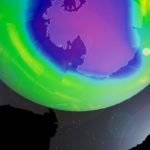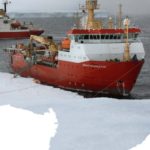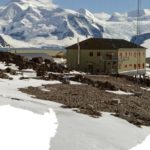The impact of parameterising light penetration into snow on the photochemical production of NOx and OH radicals in snow
17 July, 2015 by Hoi Ga Chan, Markus Frey
Snow photochemical processes drive production of chemical trace gases in snowpacks, including nitrogen oxides (NOx = NO + NO2) and hydrogen oxide radical (HOx = OH + HO2), which are…











